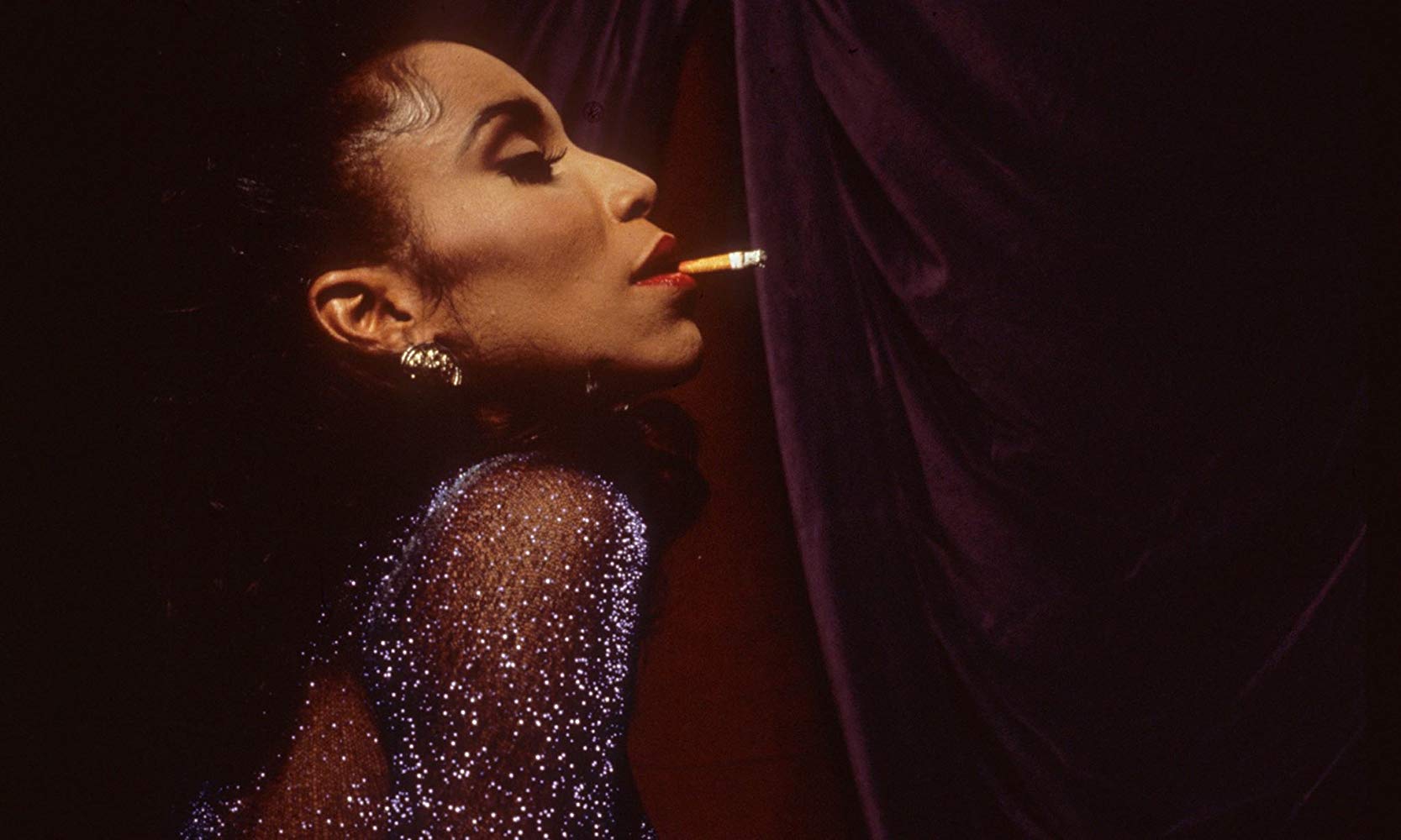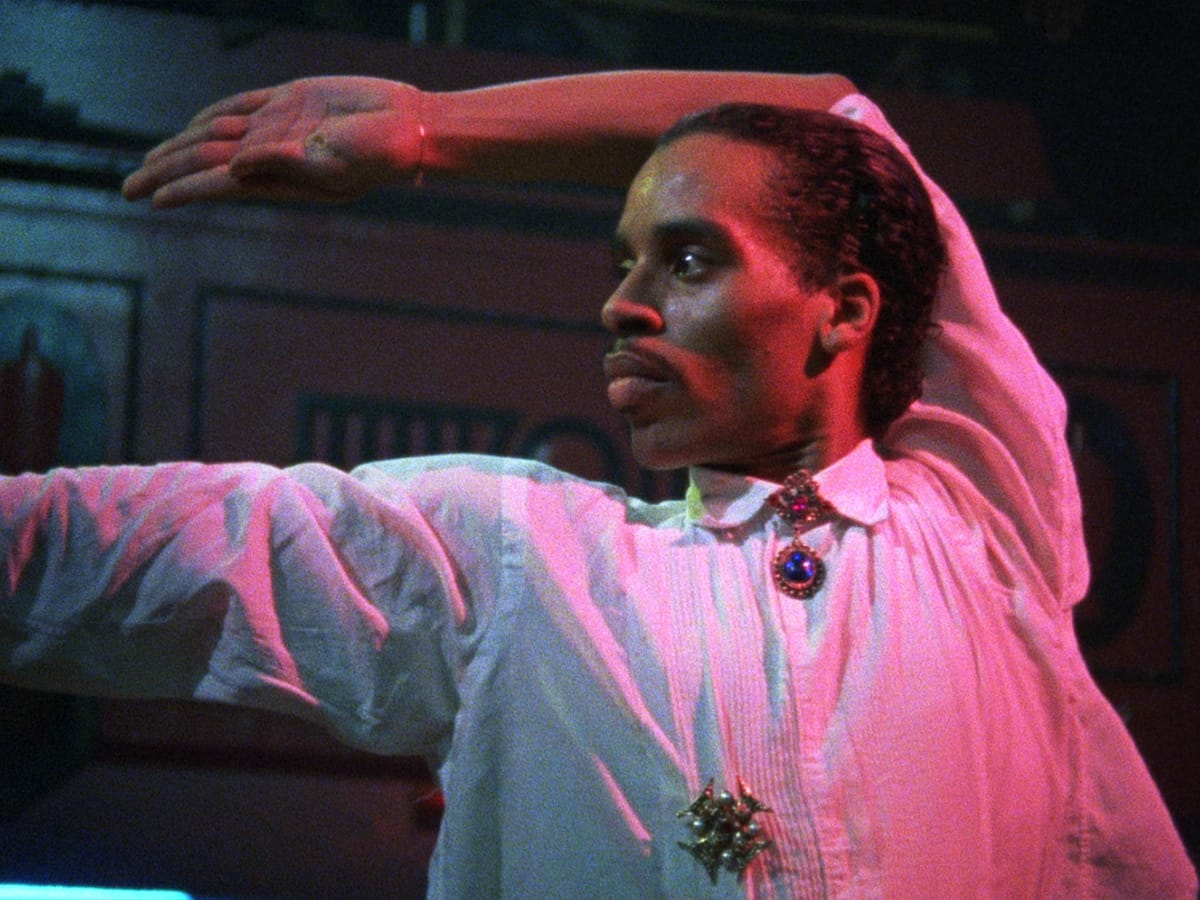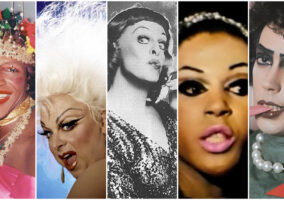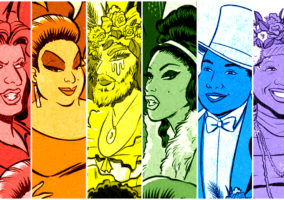
Kittens, we are two weeks away from publication date, that beautiful day when we introduce the world to our gorgeously queer little rainbow baby, Legendary Children: The First Decade of RuPaul’s Drag Race & The Last Century of Queer Life. And to suggest that we are buzzing with excitement around these parts is to seriously undersell it. We are practically vibrating with anticipation. We think only bees and high-strung gays can hear us at this point. We are also two weeks away from the start of our ever-expanding book tour, which should have some new dates added soon. So if you love your ol’ pals T Lo, or if any of the related Legendary Children material on this site has enticed you or intrigued you, we sure would love it if you considered pre-ordering the book, in whatever format sets your skirt atwirl.
And speaking of twirling, it’s long past time we addressed the Number One sacred text of modern queer culture; the document that introduced the world not only to ball culture, voguing, and shade, but to the idea that queer and trans people of color were creating their own art, communities and families. Paris is Burning loomed large in our research for this book, not just because it’s ground zero of black queer culture in the 20th century, but because it has clear and obvious influences on Drag Race itself – many of which the show and Ru have been quite open about. “In the grand tradition of Paris is Burning” is how Ru has traditionally introduced the Library mini-challenge – and with good reason, because the very concepts of reading and shade were introduced to the world through the film, as explained so effectively by one of its most famous subjects, the legendary Dorian Corey.
Possibly one of the most quotable queens of all time, given the truth bombs and witticism in those two minutes.
Paris is Burning began in the mid-1980s when lesbian filmmaker Jennie Livingston was introduced to Harlem ball culture and its many legendary houses. We wrote of Crystal Labeija and how, after she stormed offstage in the other sacred drag text of the 20th Century The Queen, she went on to create her own legendary House of Labeija, thereby setting off the modern practice of ball houses and mothers and yanking the longstanding tradition of queer balls toward centering the art and lives of black and LatinX queer people. Livingston entered this world after Crystal died, passing on motherhood of her house to one of Paris is Burning’s stars, Pepper LaBeija.
The film went on to become a critical success and in the three decades since, a classic documentary that sits as the primary introduction to ball culture for a generation-plus. It not only inspired Drag Race in many ways (not just the Library challenge, but the runway walk of each episode, which is announced ball-style with categories, and comes complete with cat-calling and shade-throwing from the judges) but was the clearest and most direct inspiration on Ryan Murphy’s award-winning TV series Pose, which made Billy Porter, Indya Moore and MJ Rodriquez household names. Paris is Burning made stars out of its subjects as well and many of them – Dorian Corey, Venus Xtravaganza, Octavia Saint Laurent, Willi Ninja – went on to become legends, but it didn’t make any of them richer, which is just one of the many criticisms leveled at the film over the years. It is the best document of this time, this place and these people (largely because it’s one of the only ones to document them), but several critics of color over the years took issue with its colonialist attitude toward its subjects.

Bearing at all times in mind that this is a film about black and LatinX queer men and trans women made by a Yale-educated white woman, we urge anyone who hasn’t seen the film to check it out on Netflix, whether you plan on buying our book or not. It will help you understand the lives and backgrounds of queer people of color at the height of both the AIDS and the crack epidemics. And it’s hard not to sit through it and see how influential it’s been on the culture at large, from the lingo and slang words to the fashion and music. Like The Queen, it is one of the most important reference materials cited throughout the book. That’s by design. First, because both documentaries sit as the most important examples of queer cultural documentaries featuring drag; second because through them, you can trace Crystal LaBeija’s journey and influence through queer and drag culture; third, because Drag Race is very open about how influential both films are to the show; and fourth, because we wanted to make sure most of the reference material would be easy for the reader to find. Catch it soon on Netflix and remember the men and women in the film who have died in the years since. Most of them, we’re sorry to say.
And if you want to see more of this world and hear more from the people in it, we also recommend the 2016 documentary Kiki, which can be rented on various platforms. Not only does it bring you up to date on modern ball culture, but it does a better job of centering the voices and experiences of the people making that culture.
And finally, to complete your education, check out Ballroom Throwbacks Television on YouTube, with its massive collection of current and vintage ball scenes.
Get yourself educated, kittens! And pre-order our book if you want to learn more! Kirkus said it was “Informative, entertaining, melodramatic in its obsessiveness, and written with equal amounts of insight and wit.” Glen Weldon of NPR’s Pop Culture Happy Hour said, “The more you read it the more you understand that it’s a useful focus for a topic that’s as broad as queer history…they are constantly name-checking and paying homage to what’s come before and you learn things,” and Cosmopolitan called it one of the best new books of 2020. For goodness’ sake, what are you waiting for, darling? This book sounds amazing!
Style File: Cate Blanchett Runs the Gamut Next Post:
Tiffany Haddish Channels Her Inner Audrey Hepburn for Harper’s Bazaar Magazine
Please review our Community Guidelines before posting a comment. Thank you!


